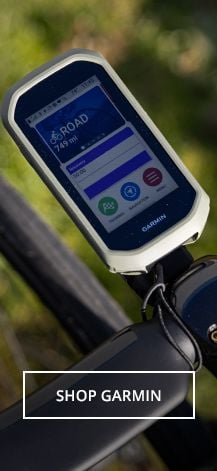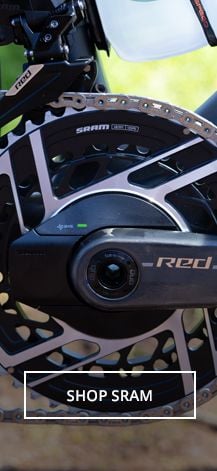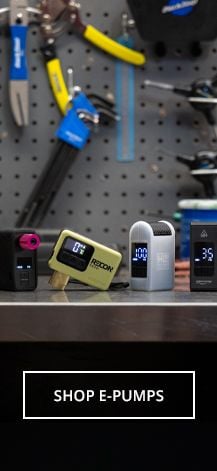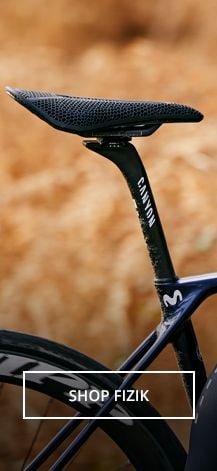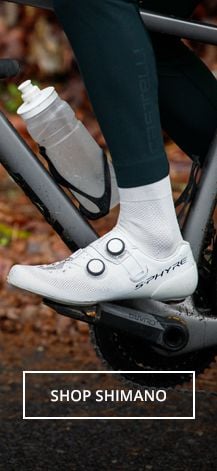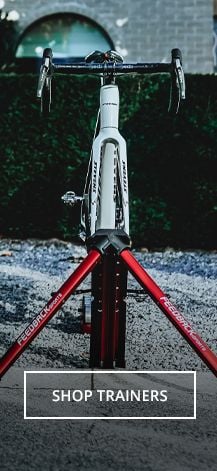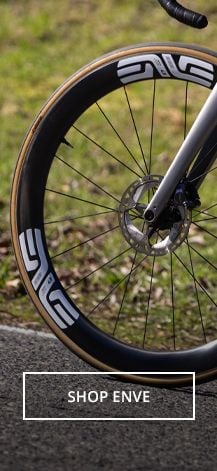
If you're new to cycling (or even if you're not), you've likely heard someone talking about power. Power what? Just what are they talking about?
Power meters—small devices built into components that provide insights into how hard you're pedaling. Power meters are a great tool for cyclists of all levels who want to improve their performance, track progress, and train smarter. In this guide, we'll break down what power meters are, how they work, which ones to buy, and how they can benefit your cycling.
What is a Power Meter
A power meter is a device that measures the force you apply to the pedals, cranks, or other parts of your bike and converts it into watts—a unit of power. Watts are a reliable and consistent metric for gauging effort, as they measure output directly, unlike heart rate, which can fluctuate due to various factors like stress or fatigue.
Power meters typically use strain gauges to detect force and cadence sensors to measure pedaling speed. Combining these data points allows the device to calculate your power output in real-time.
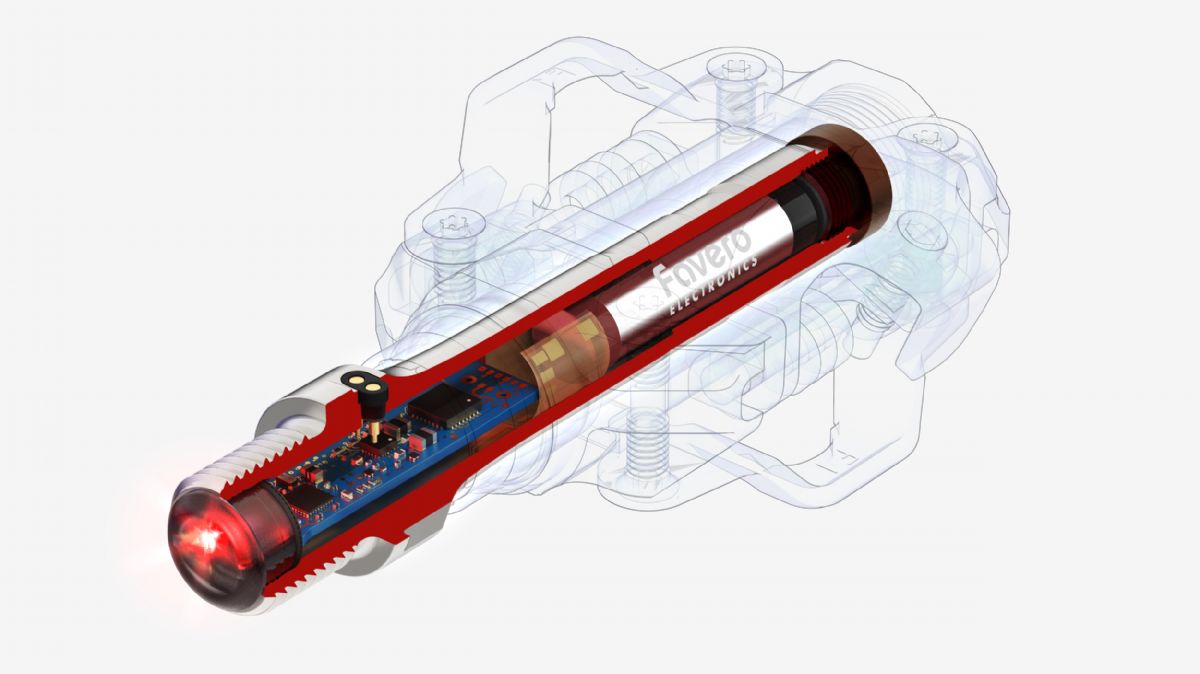
Power meters originated in the late 1980s with the introduction of the SRM power meter by German engineer Uli Schoberer. This revolutionary device allowed cyclists to measure their power output in watts, providing a precise and objective way to track performance. Early prototypes were initially bulky and expensive and were almost exclusively used by professionals.
Advancements in technology over the years have made them smaller, more affordable, and more accessible to all riders. Companies like PowerTap and Quarq joined the market in the 2000s, offering new designs that were more compact and functional. Today, many brands compete in the power meter segment, each offering unique functionality and features to bring professional-level insights to all cyclists.
Why Use a Power Meter?
Power meters provide a level of precision and consistency in training that no other tool can match. Unlike subjective measurements like perceived effort or heart rate, which can be influenced by factors like fatigue, stress, or weather, power meters offer objective data on how much effort you put into your ride. This allows the rider to train smarter, focusing on specific intensity zones tailored to their fitness goals, such as improving endurance, building strength, or increasing speed.
For beginners, power meters simplify the learning process by offering a clear understanding of effort levels during training. Instead of guessing if you're riding too hard or too easy, a power meter tells you exactly how much energy you're expending in watts. Over time, this data helps track improvements in fitness, such as increases in Functional Threshold Power (FTP)—this is the maximum power you can sustain for an hour.
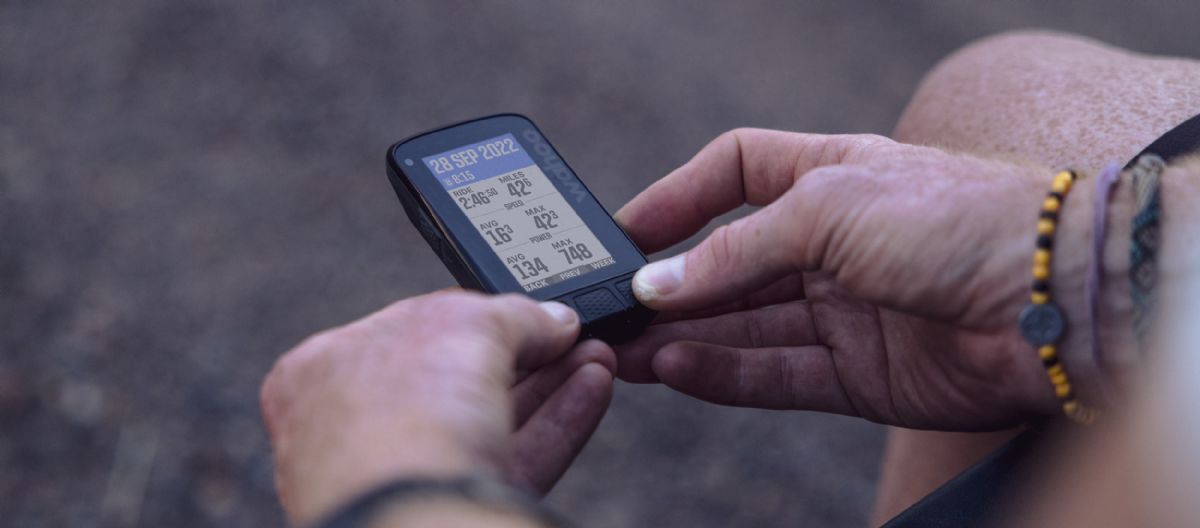
Overall, a power meter is an investment in understanding your performance, enabling you to ride more efficiently, improve over time, and achieve your goals.
Power Meter Brands and Products
We carry several top brands that produce high-quality power meters catering to all budgets, disciplines, and drivetrains.
Garmin
Garmin is a leader in cycling technology and is known for its GPS head units and wearables. Garmin's ecosystem of products integrates seamlessly under the umbrella of the Connect app for maximum usability. While certainly a household name in cycling, Garmin has made waves in the power meter category with the success of the power pedals.
These power meters are integrated directly into the pedal spindles and are available in a road (RS for Shimano SPD-SL cleats and RK for Look cleat compatibility) and off-road (XC for Shimano SPD compatibility) pedal configuration. They're easy to swap between bikes, making them ideal for multi-discipline riders, or if you're like us—N+1.
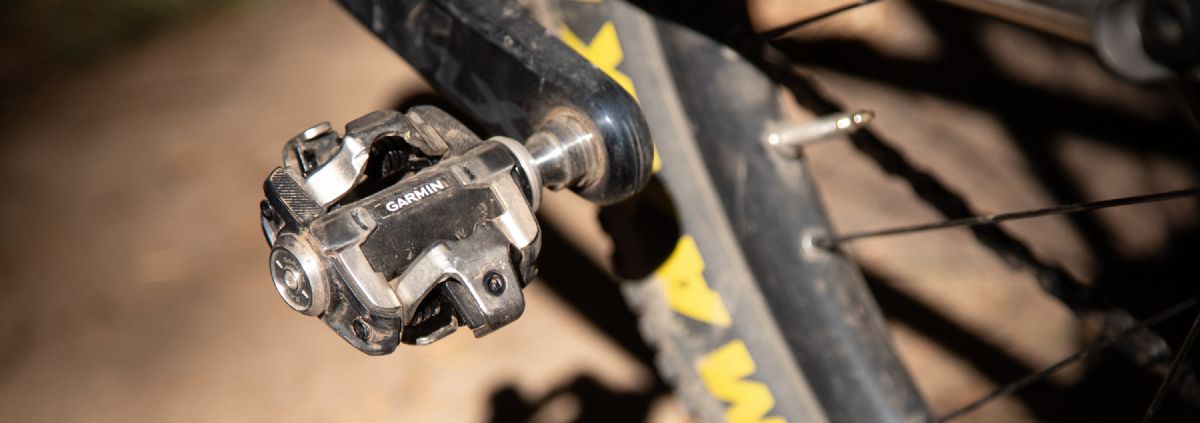
Wahoo
Not to be outdone, Wahoo, another cycling technology giant, recently entered the power pedal space with their POWERLINK pedal system. Built on the popular Speedplay pedal system, Wahoo's power meter pedals are lightweight, aerodynamic, and highly customizable. Wahoo's ELEMNT app also allows you to pair with their ecosystem of smart devices for a complete picture of your data and performance.
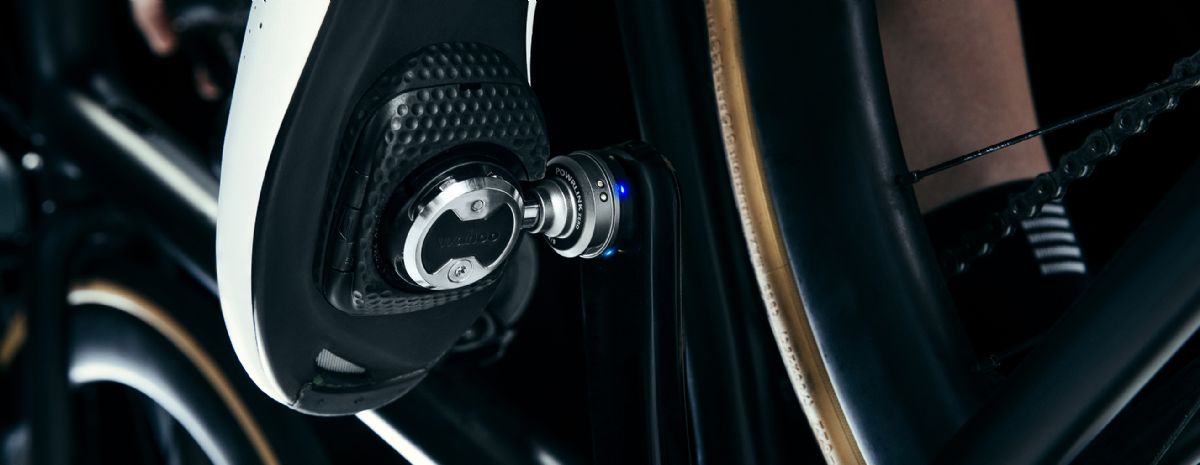
Shimano
Shimano, a global leader in cycling products, entered the power meter market with its crank arm and spider-based power meters. This crankset-integrated power meter is a top choice for riders seeking accuracy and durability and blends seamlessly with Shimano's 12-speed groupsets. The R8100 features an integrated, waterproof, and rechargeable LI-ion battery with up to 300+ hours of ride time depending on Bluetooth mode and settings.
Quarq (by SRAM)
Quarq, a subsidiary of SRAM, is a leading manufacturer of high-performance cycling power meters. Known for their durability and dependability, Quarq power meters are spider or spindle-based, featuring dual-sided power measurement, temperature compensation, and connectivity with popular cycling computers and training apps.
All Quarq/SRAM cranksets use SRAM's DUB Bottom Bracket. This means that regardless of whether you're using a SRAM drivetrain, you'll need to install a DUB bottom bracket to use a Quarq power meter.
Quarq's DZero and DFour power meters are cross-compatible with other brands of chainrings and drivetrains, but all Quarq AXS power meters will only work with AXS drivetrains.
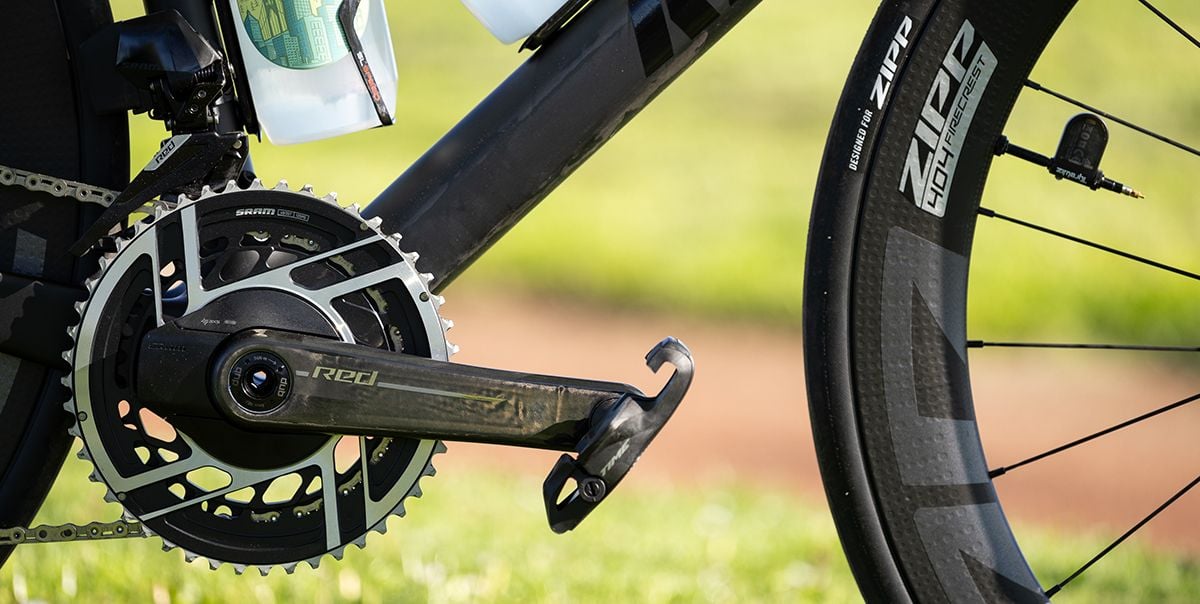
4iiii
4iiii focuses on affordability and simplicity with its single-sided and dual-sided power meters backed by an industry-leading 3-year warranty. Their left-side crank arm models are budget-friendly and offer reliable accuracy.
But don't mistake affordability for any lack of features. 4iiii power meters are compatible with Apple's Find My app, a first-of-its-kind feature. Not to mention their battery life lasts up to 800 hours on a CR2032 coin cell battery.
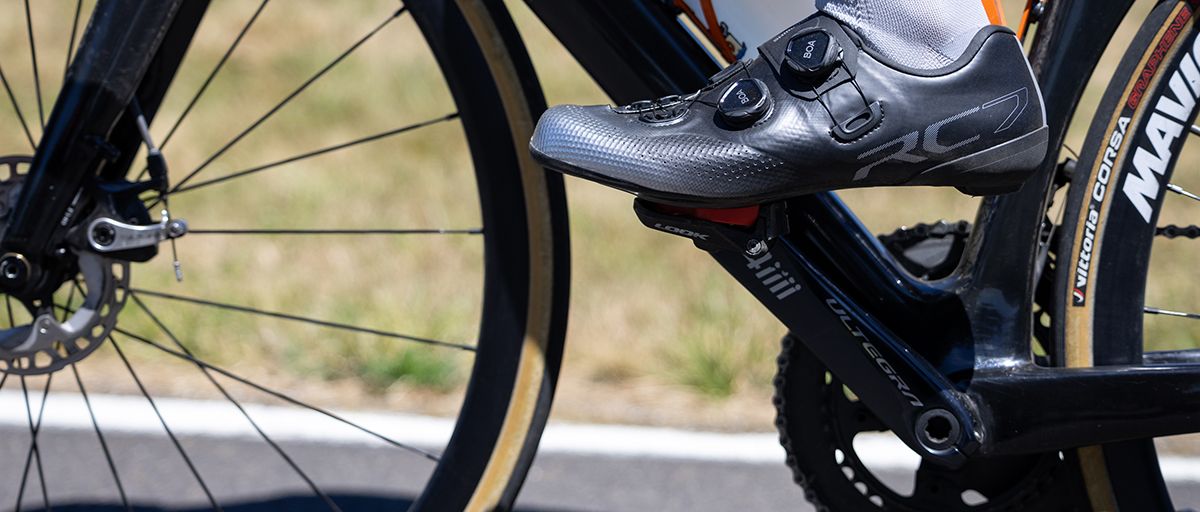
Favero
Favero Electronics is an Italian company renowned for its high-quality, pedal-based cycling power meters, the Assioma Uno and Assioma Duo. Favero's commitment to precision and user-friendly design has earned it a strong reputation amongst the most hardcore cyclists.
Other pedal-based power systems use what is called Average Angular Velocity (AVG), but Favero uses an exclusive in-house Instantaneous Angular Velocity (IAV) data system that promises to measure within 1% accuracy to provide the most accurate data.
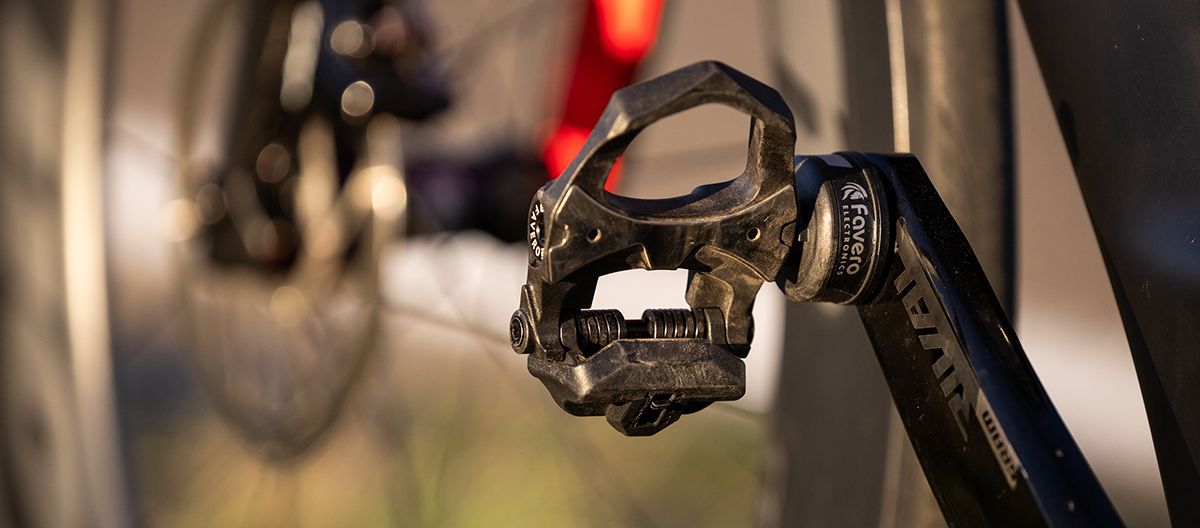
Choosing the Right Power Meter
When choosing a power meter, it's important to consider factors like your budget, drivetrain compatibility, and how you want to use it. Prices range widely depending on the brand and whether they measure single- or dual-sided. Entry-level options like 4iiii or SRAM Rival AXS start around $300-400 and are typically single-sided—meaning they measure the output generated by one leg and double it to estimate the value generated by both. Higher-end dual-sided that measure the output of both legs range between $600-$1200.
You'll also need to decide between single-sided and dual-sided systems. Single-sided power meters measure one leg and double the value, offering an affordable entry point, while dual-sided models provide more accurate data by capturing power from both legs. If you're new to using power, we recommend trying a single-sided crank-based power meter compatible with your drivetrain. Alternatively, a spider-based power meter will offer the most consistent and reliable readings and additional features if you want the most precise measurement for your training insights. If you own more than one bike, but don't want to invest in a power meter for each one, a pedal-based power system is a great solution that you can swap between bikes as needed.
Compatibility is another key factor. To ensure the power meter will work with your bike, you should reference your current crankset and drivetrain speeds. Certain drivetrains use proprietary cranksets meaning you'll have to use that brand's specific power meter option. If you need assistance ensuring power meter compatibility with your bicycle, our outstanding customer service team is ready to help.
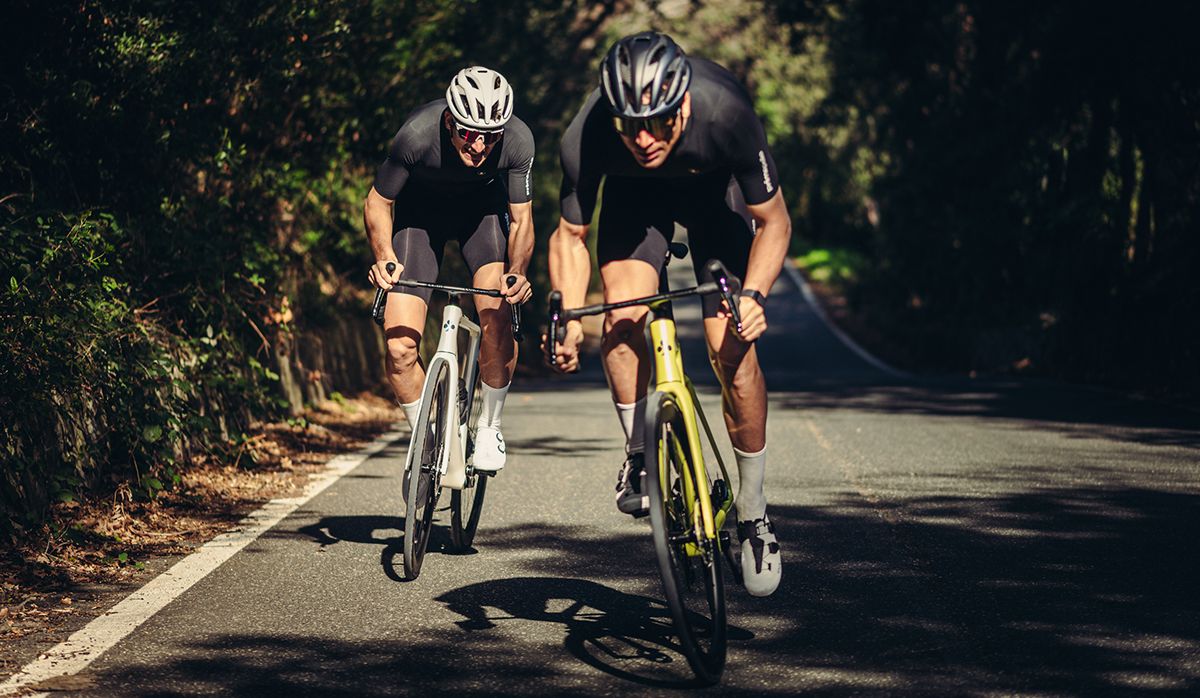
Power meters are no longer exclusive to professional cyclists—they're a game-changing tool for riders of all levels to unlock their potential and evolve on their fitness journeys. Whether you're training for a local gran fondo, your first triathlon, or want to get healthier with a power-based training plan, a power meter can provide the data-driven insights you need to succeed.
With options from brands like Garmin, Wahoo, Shimano, and Favero, we've got a power meter for every cyclist and budget.









